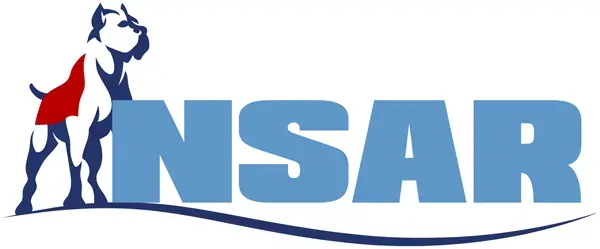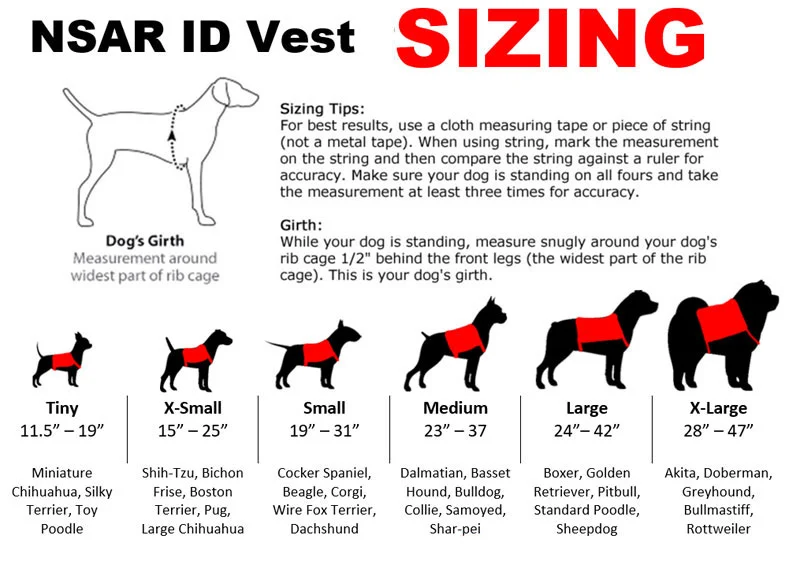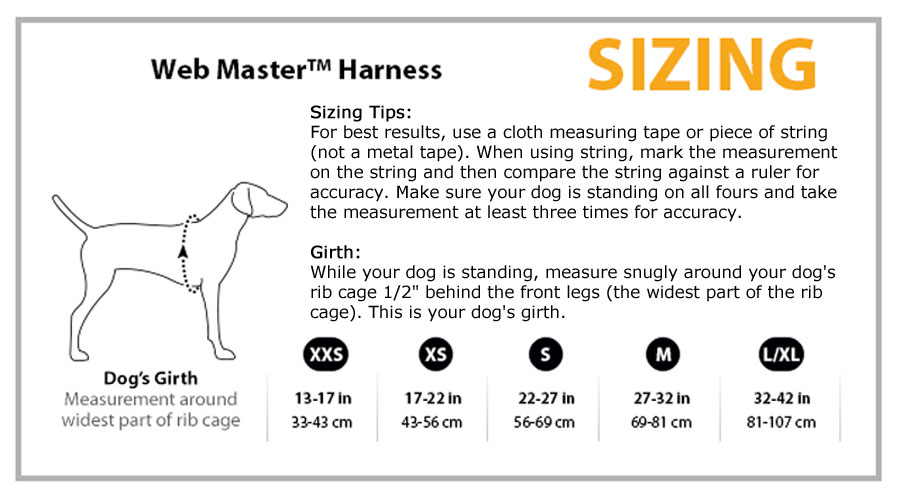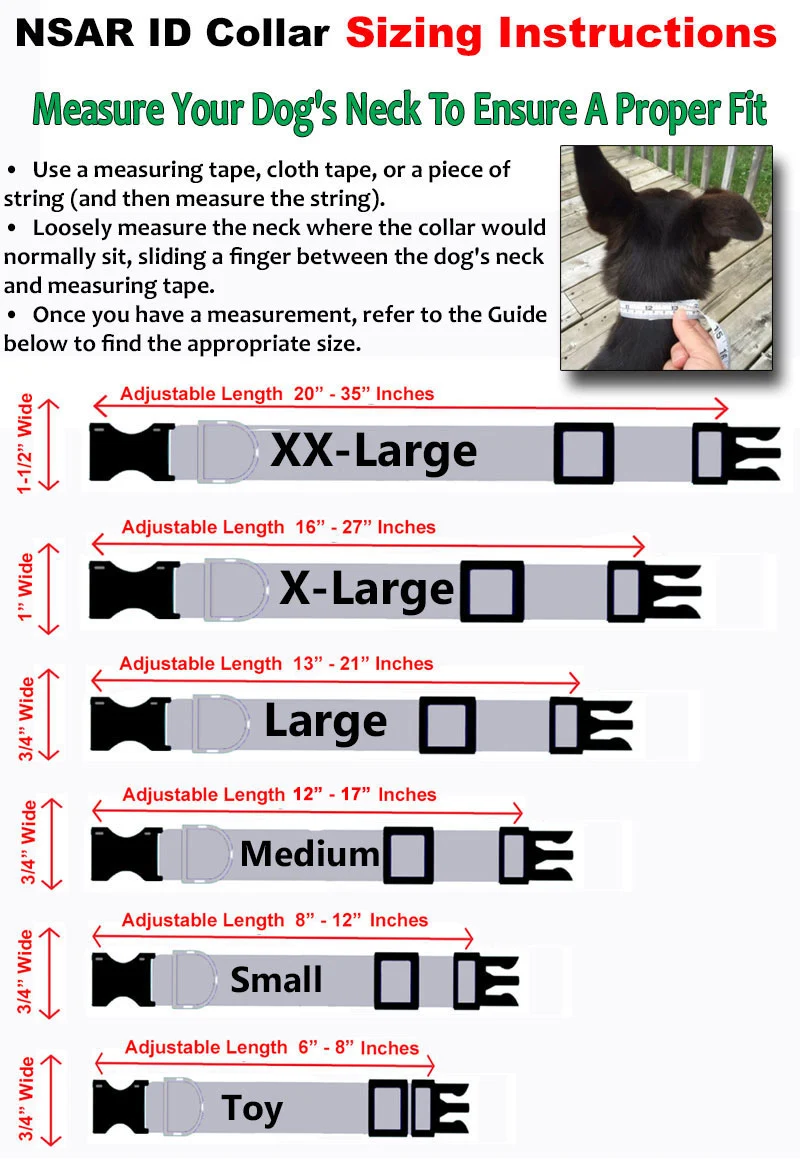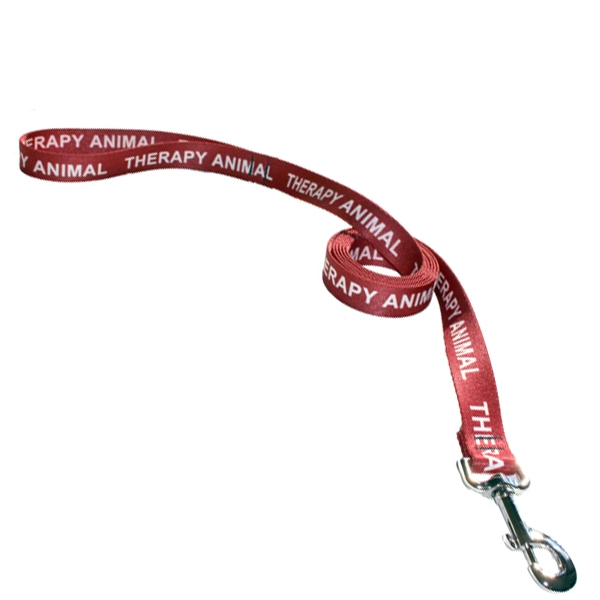
Understanding Psychiatric Service Dogs
Psychiatric Service Dogs (PSDs) are specially trained to assist individuals with psychiatric disabilities such as post-traumatic stress disorder (PTSD), anxiety disorders, bipolar disorder, and other mental health conditions. These remarkable animals provide vital support by offering comfort, interrupting anxiety or panic attacks, and fostering a sense of safety and security.
Defining Psychiatric Service Dogs
Psychiatric Service Dogs are a type of service dog specifically trained to assist individuals with psychiatric disabilities. Unlike emotional support animals or therapy dogs, PSDs are task-trained to perform specific functions that mitigate the effects of their handler’s disability.
Ideal Breeds for Psychiatric Service Work
Not all dog breeds are suitable for psychiatric service work. Ideal candidates possess a combination of temperament, intelligence, and physical attributes conducive to the demands of the role.
Temperament Considerations
- Calm and stable temperament: PSDs must remain composed in various environments, including crowded public spaces.
- Empathetic and intuitive nature: These traits enable them to sense changes in their handler’s emotional state and respond accordingly.
- Adaptability: PSDs should be capable of adjusting to unpredictable situations and environments.
Physical Attributes
- Medium to large size: A larger dog can provide more physical support and act as a grounding presence during episodes of distress.
- Sturdy build: Physical strength is essential for tasks involving mobility assistance or balance support.
How to Obtain a Psychiatric (PSD) Service Dog: Three Ways
1. Trainer/Training Organization
Trainer or training organizations specialize in breeding, raising, and training service dogs for various purposes, including psychiatric assistance. These organizations employ professional trainers who utilize structured programs to train dogs to perform specific tasks tailored to individual needs. The process typically involves an application and assessment process to match handlers with suitable dogs. Once matched, the dog undergoes intensive training, often lasting several months, to ensure proficiency in psychiatric assistance tasks. While this method may involve a waiting period and financial investment, it offers the assurance of working with experienced professionals who understand the intricacies of training service dogs.
Assistance Dog International (ADI) is a great resource to locate an ADI credentialed trainer in your area that may be able to assist you with having your dog trained to become a psychiatric service dog.
2. Non-profit Organizations
Non-profit organizations dedicated to providing assistance dogs often offer psychiatric service dogs as part of their programs. These organizations rely on donations and fundraising efforts to cover the costs associated with breeding, training, and placing service dogs. Individuals seeking a psychiatric assist service dog through non-profit organizations may be required to meet certain eligibility criteria and undergo an application and interview process. Once accepted into the program, the individual is matched with a suitable dog and provided with training and ongoing support. This method may offer financial assistance or reduced costs compared to private trainers or organizations, making it accessible to a broader range of individuals.
3. Self-training
Self-training involves individuals taking on the responsibility of training their own psychiatric service dog. While this method offers the flexibility of training the dog according to the handler’s specific needs and preferences, it requires a significant commitment of time, resources, and knowledge. Self-training typically involves researching training methodologies, attending obedience classes, and working closely with the dog to teach desired tasks. Positive reinforcement techniques, such as clicker training, are commonly utilized in self-training programs. While self-training can be a rewarding experience, it requires dedication and consistency to ensure the dog develops the necessary skills to assist with psychiatric assistance tasks effectively.
Each method of obtaining a psychiatric service dog has its own advantages and considerations. Individuals should carefully evaluate their options based on factors such as cost, time, and level of support needed. Ultimately, the goal is to find a method that best suits the individual’s needs and circumstances, ensuring a successful partnership between handler and dog.
How to Train Your Own Psychiatric Service Dog
Psychiatric Service Dogs are trained through positive reinforcement methods, which include clicker training and rewards-based techniques. The training process involves teaching specific tasks tailored to the individual needs of their handler.
Task Examples
- Comfort and Emotional Support: PSDs provide comfort by leaning against their handler or offering gentle physical contact.
- Anxiety or Panic Attack Interruption: Dogs are trained to recognize signs of distress and intervene by nudging or pawing their handler to redirect their focus.
- Creating a Sense of Safety: PSDs perform tasks such as perimeter checks in unfamiliar environments to reassure their handler of their surroundings.

Step-by-Step Training Guide
- Establishing a Bond: Begin by building a strong bond through regular positive interactions and basic obedience training.
- Task Training: Break down desired tasks into manageable steps and use positive reinforcement to teach each component.
- Generalization and Proofing: Practice tasks in various environments to generalize the behavior and ensure reliability in real-world settings.
Troubleshooting and Socialization
Despite rigorous training, PSDs may encounter challenges during their work. Common issues include distractions, fearfulness, or overstimulation in crowded areas. Address these challenges through gradual exposure, desensitization techniques, and ongoing reinforcement of desired behaviors.
Selecting the Right Dog
Choosing the right dog for psychiatric service work is crucial for success. Consider factors such as temperament, energy level, and compatibility with the handler’s lifestyle and needs. Working with a reputable breeder or rescue organization experienced in service dog placement can help match individuals with suitable candidates.
Maintenance Training and Long-Term Care
Maintaining a PSD’s proficiency requires ongoing training and reinforcement. Incorporate regular training sessions into the dog’s routine to reinforce existing skills and introduce new tasks as needed. Additionally, prioritize the dog’s physical and mental well-being through regular exercise, veterinary care, and opportunities for socialization.
Registering Your Psychiatric Service Dog with National Service Animal Registry
Registering your Psychiatric service dog with National Service Animal Registry (NSAR) offers numerous benefits to both you and your canine partner. NSAR provides a simple and free registration process that helps establish your dog’s status as a service animal, which can facilitate smoother access to public places and accommodations. Here’s why registering with NSAR is advantageous:
- Legitimacy: Registration with NSAR adds legitimacy to your Psychiatric service dog’s status. With a registered service dog, you can confidently assert your rights under the Americans with Disabilities Act (ADA) when accessing public spaces, transportation, housing, and other areas where service animals are allowed.
- Identification: NSAR provides identification tools such as vests, ID cards, and other merchandise that clearly indicate your dog’s role as a service animal. These visual cues not only help others recognize your dog’s purpose but also signal your commitment to responsible ownership.
- Ease of Access: Having your Psychiatric service dog registered with NSAR can streamline interactions with businesses, landlords, and transportation providers. Showing your registration documentation and identification products can help mitigate misunderstandings and ensure smoother access to the accommodations and services you need.
- Peace of Mind: Registering with NSAR offers peace of mind, knowing that you have official documentation and support to navigate situations where your service dog’s presence may be questioned. It provides a sense of security and empowerment as you go about your daily activities with your trusted companion by your side.
NSAR offers a range of registration options, including free basic registration and premium packages with additional benefits. Take advantage of NSAR’s services to register your Psychiatric service dog today and enjoy the confidence and convenience that come with official recognition and identification.
Conclusion
Psychiatric Service Dogs play a vital role in supporting individuals with psychiatric disabilities, offering both practical assistance and emotional companionship. By understanding the training methodologies, selecting the right dog, and providing ongoing care and training, individuals can embark on a journey of independence and empowerment with their faithful service companion by their side.
Brought to you by National Service Animal Registry. Learn more about us and how to qualify your pet as a service dog, emotional support animal (ESA), or therapy animal, TODAY!
